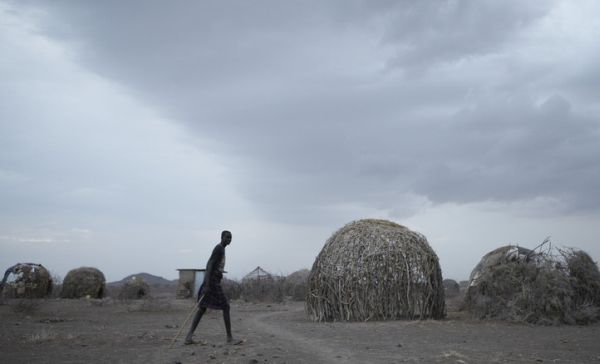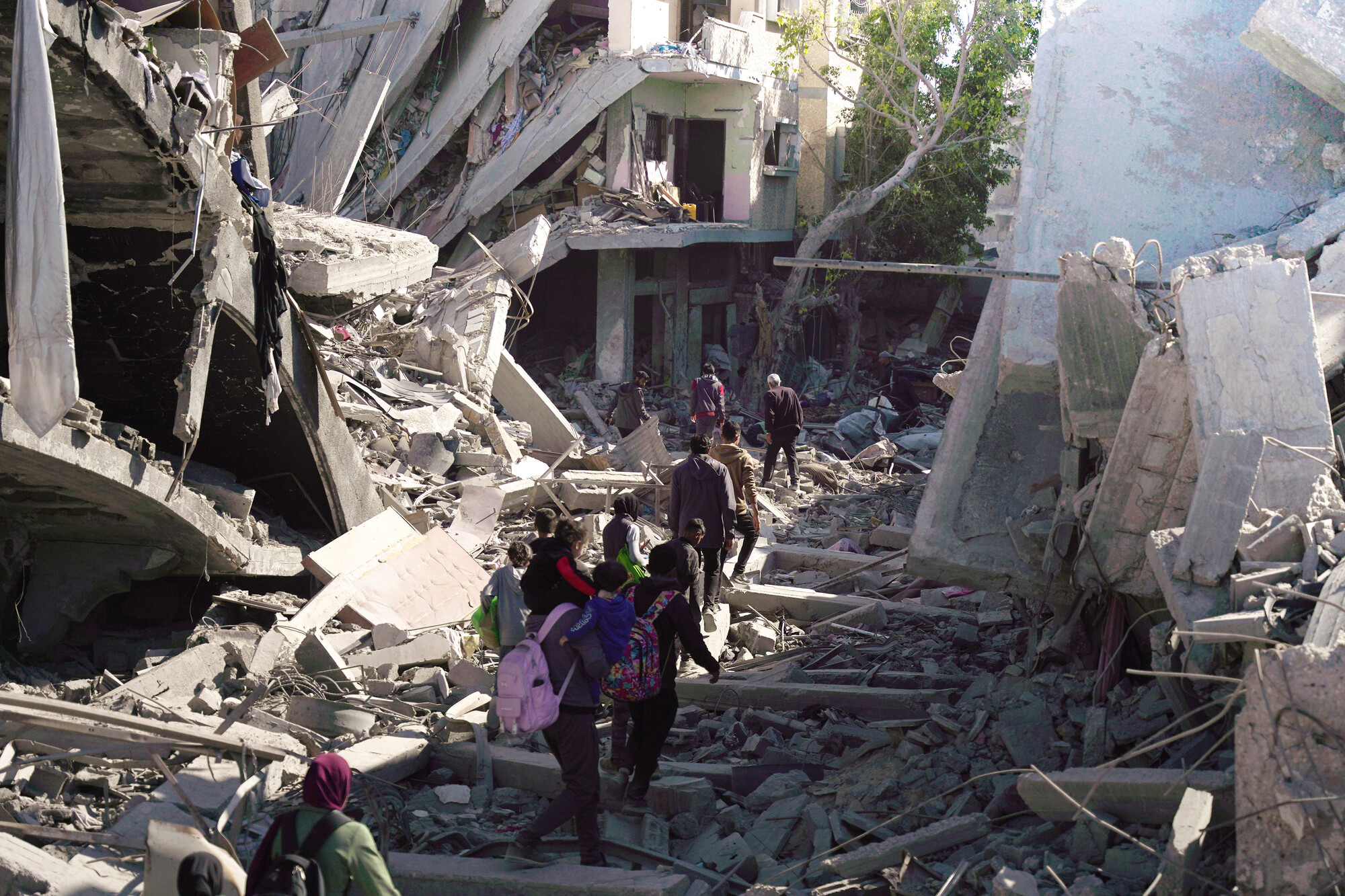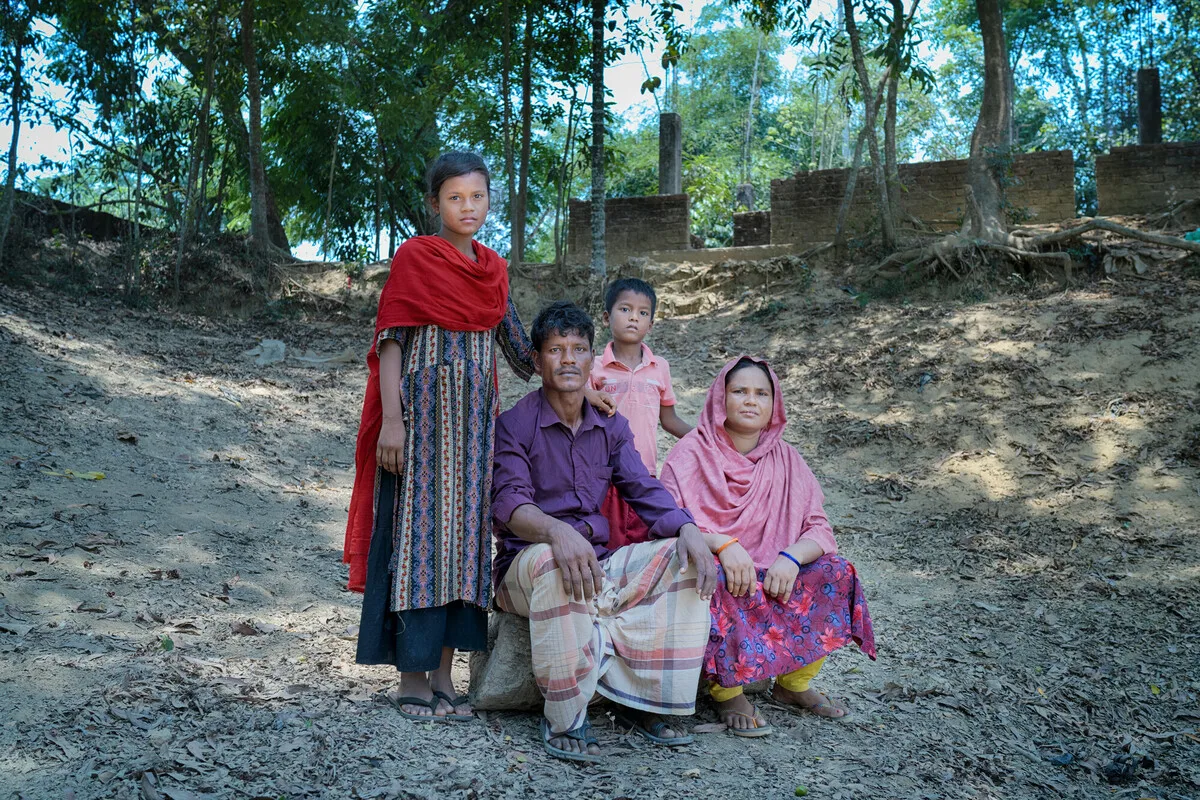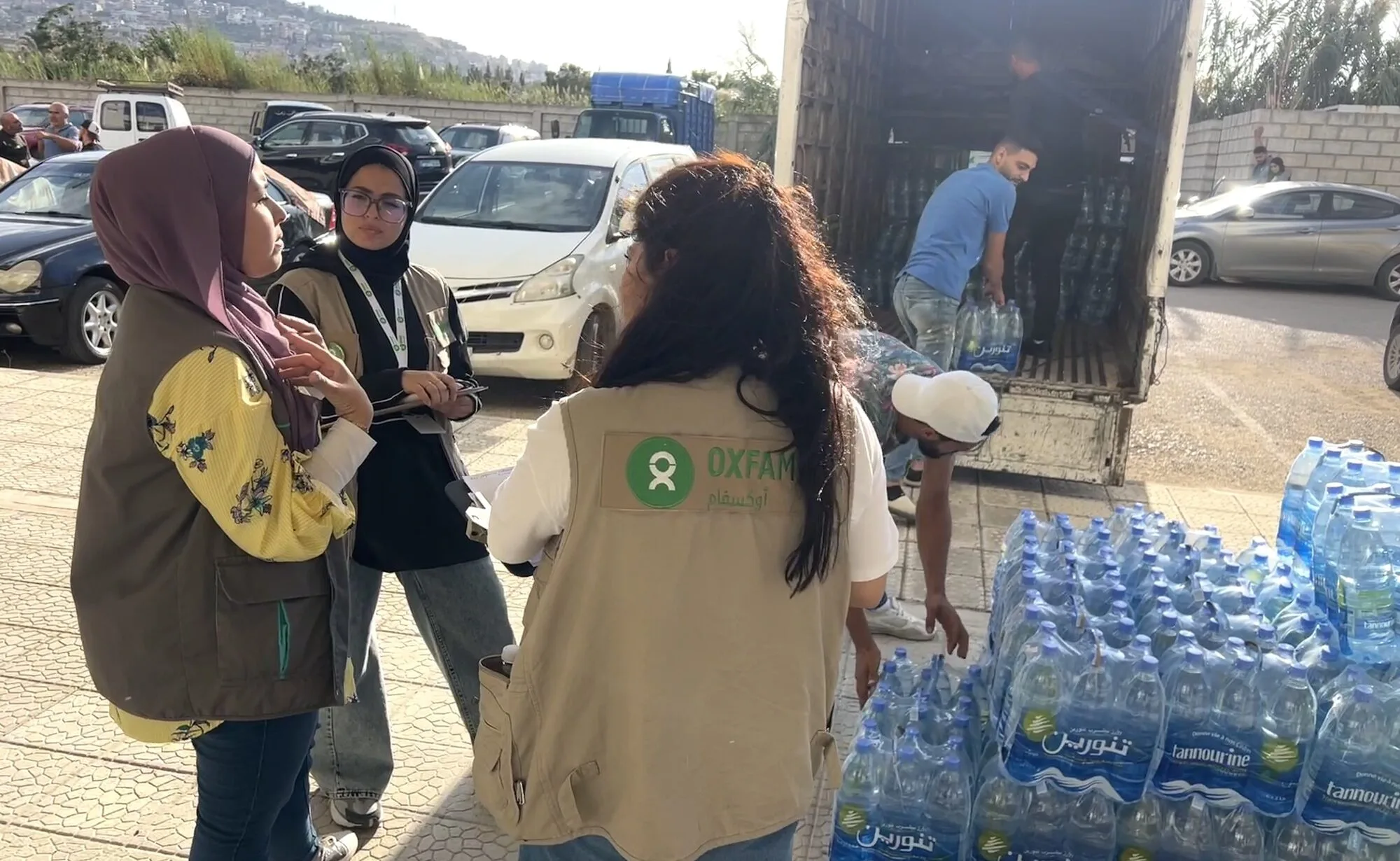By Duncan Green, head of research, Oxfam Great Britain
So is famine in the Horn of Africa linked to climate change or not? The question arises whenever “extreme weather events” – hurricanes, floods, droughts – hit our TV screens. It’s impossible to answer with a simple yes or no – but here’s what we think we know so far:
The current drought conditions have been caused by successive seasons with very low rainfall. Over the past year, the eastern Horn of Africa has experienced two consecutive failed rainy seasons. According to surveys of local communities, this is part of a long-term shift. Borana communities in Ethiopia report that whereas droughts were recorded every six to eight years in the past, they now occur every one to two years.
Meteorological data back up the picture on temperatures: mean annual temperatures increased from 1960-2006 by 1 °C in Kenya and 1.3 °C in Ethiopia, and the frequency of hot days is increasing in both countries. Rainfall trends are less clear: according to the Intergovernmental Panel on Climate Change’s Fourth Assessment Report, there are no statistically significant trends in rainfall. However, more recent research suggests that rainfall decreased from 1980 to 2009 during the “long-rains” (March to June).
The historical record does not “prove” that the current drought is directly attributable to climate change. True, there are now a few cases in which scientists have been able to estimate the extent to which man-made climate change has made a particular extreme weather event more likely, but these exercises require reliable long-term weather data that only exists for Europe and North America – no such studies as yet exist in the case of the current drought.
What about the future? Globally, climate change modeling projects an increase in the frequency and severity of extreme weather events like droughts and floods. In the absence of urgent action to slash global greenhouse gas emissions, temperatures in the region will probably increase by 3-4 °C by 2080-99 relative to 1980-99.
But again, rainfall projections are unclear. Most modeling, as reflected in the IPCC’s last assessment, suggests more rain will fall in the east Africa region as a whole, with an increase in “heavy events” (sudden downpours, so more flood risk). However, some recent studies suggest rainfall will decrease, particularly in the long rains.
The combination of higher temperatures and more unpredictable rains is alarming for food production. One recent estimate published by the Royal Society suggests much of east Africa could suffer a decline in the length of the growing period for key crops of up to 20% by the end of the century, with the productivity of beans falling by nearly 50%.
The conclusion? Attributing the current drought directly to climate change is impossible, but in the words of Sir John Beddington, the UK government’s chief scientific adviser, in a talk at Oxfam last week, “worldwide, events like this have a higher probability of occurring as a result of climate change”. Moreover, unless something is done, the current suffering offers a grim foretaste of the future – temperatures in east Africa are going to rise and rainfall patterns will change, making a bad situation worse.
What to do? First, remember that while the drought is caused by lack of rainfall, famine is man-made. As the Nobel prize-winning economist Amartya Sen famously observed, famines do not occur in functioning democracies. The difference between the minor disruption of hosepipe bans and the misery in the Horn is down to a failure of politics and leadership. It is no accident that the communities worst affected by the drought are not just those blighted by conflict but also by decades of official neglect and contempt from governments, which see pastoralism as an unwanted relic of the past.
Second, the famine shows the extreme vulnerability of poor people to weather events like failed rains. Governments and the international community have to save lives now, but also act to reduce that chronic vulnerability, building local ability to manage the drought cycle, improving the flow of data, information and ideas for adapting to climate change, and drastically increasing long-term investment in smallholder agriculture and pastoralism, which have shown they can provide a decent life for millions of east Africans, provided they are supported (rather than ignored) by governments.
Beyond helping east Africa and other vulnerable regions adapt to impending climate change, it is of course also incumbent on the rich and emerging economies to cut the greenhouse gas emissions that cause it. Fail to do that, and all attempts at adaptation are likely to offer only temporary relief.
This article was also published in The Guardian‘s “Poverty Matters” blog.
Find out more
- Learn more about the East African food crisis
- Find out what Oxfam is doing about climate change
- Donate to our Africa Food Crisis Appeal and help save lives



